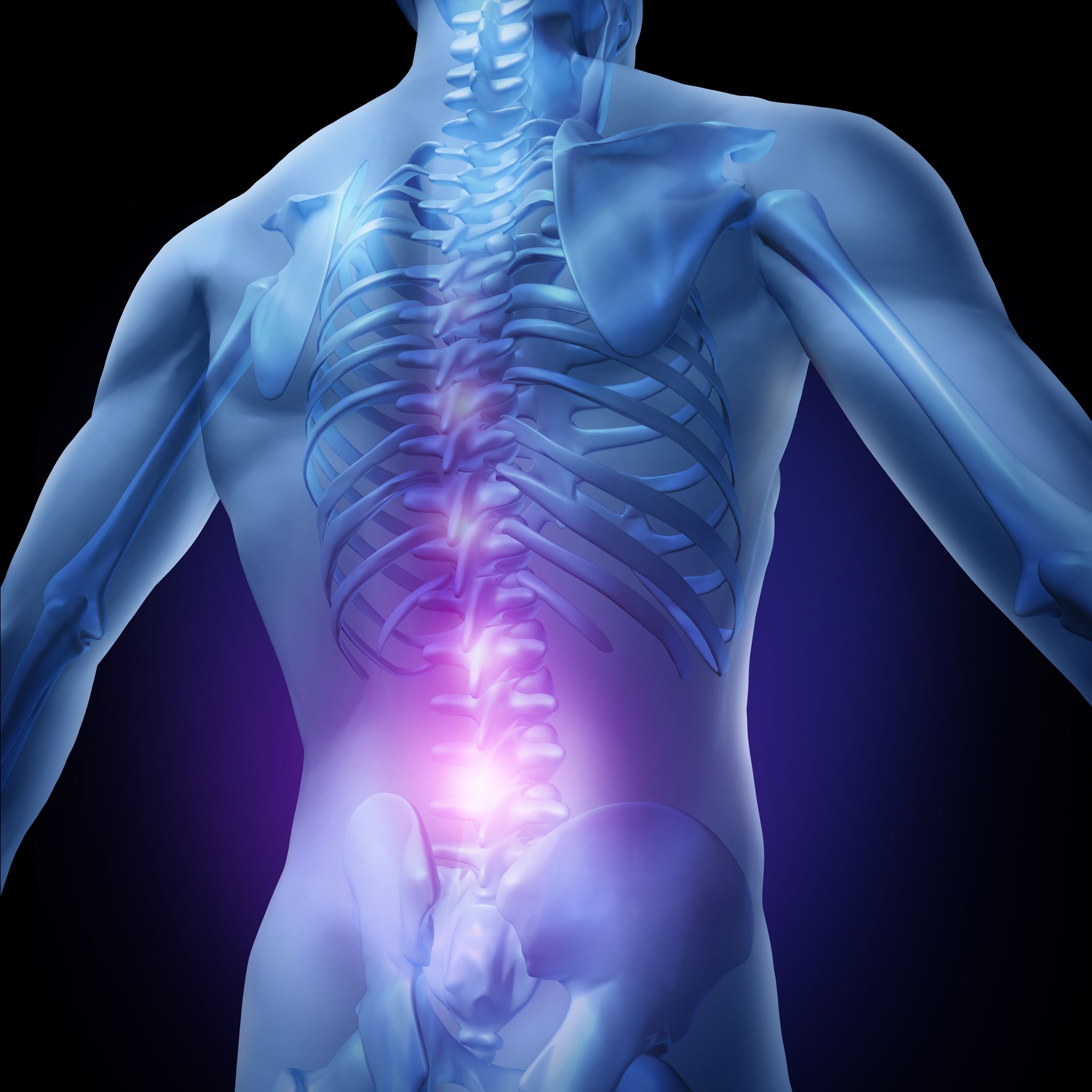Harnessing the Healing Power of Music Therapy for Pain Relief
Traditionally, the standard in the search for efficient pain management has been to use conventional methods like medicine and physical therapy. But music therapy is becoming a more widely accepted and useful treatment in the field of pain management. This cutting-edge, all-encompassing method provides a special way to reduce pain, improve mental health, and raise general quality of life.
Comprehending Music Therapy
In order to achieve specific goals within a therapeutic relationship, music therapy is a clinical and evidence-based approach that uses musical interventions. It makes use of music’s inherent rhythms, melodies, and harmonies to meet social, emotional, mental, and physical demands. As opposed to just listening to music, music therapy involves active engagement under the direction of a qualified music therapist. This engagement can take the form of singing, playing instruments, improvising, and composition.
The Scientific Basis of Music Therapy and Pain Management
The significant effects that music has on the body and brain make it a potentially therapeutic medium. Studies have indicated that music has the ability to affect several brain circuits related to the experience of pain management and control of emotions. Several physiological and psychological processes help to reduce pain while using music therapy:
Endorphin Release:
The body’s natural analgesics, endorphins, are released in response to music. By interacting with the brain’s opiate receptors, endorphins reduce pain perception and provide a feeling of wellbeing.
Decrease in Cortisol Levels:
Music, or the production of music, has the ability to reduce cortisol levels, which are linked to stress. Reducing cortisol can result in a reduction in pain perception since chronic stress exacerbates pain problems.
Redirection and Distraction:
Music therapy offers a mental diversion from discomfort. Listening to music helps focus attention on the music instead of the pain, which can lessen the intensity of the discomfort.
Emotional Expression and Regulation:
People can use music as a therapeutic outlet for feelings of despair, rage, or frustration in order to express and process the emotions associated with their pain. This emotional discharge may help to lessen pain perception overall.
Using Music Therapy to Reduce Pain
Because of its versatility, music therapy can be customized to fit each patient’s demands. The following are some practical applications of music therapy in pain management:
Made-to-Order Playlists:
Putting together a customized playlist of calming and favorite songs is a quick and simple approach to use music therapy. These playlists can be used by patients as a regular habit to help them cope with stress and discomfort or during periods of pain.Participating in active music-making, such as singing or playing an instrument, has advantages for the body as well as the mind. Pain-related tension and frustration can be released through vocal exercises, guitar playing, and drumming.
Guided Imagery and Music (GIM):
This method calls for profound relaxation and emotional processing by fusing guided imagery with music. While playing music, a music therapist leads the patient through imaging exercises that assist in exploring and addressing the emotional components of their pain.
Group Music Therapy:
Taking part in group music therapy sessions can help people feel supported and connected to one another. It can be uplifting and powerful to share musical experiences with those going through similar struggles, which strengthens the overall therapeutic effect.
Live Music Therapy:
A therapist performing live music for the patient during a session may be especially beneficial in certain circumstances. Live music’s spontaneity and flexibility allow it to instantly respond to particular requirements and reactions.
Research and Evidence
An increasing amount of research is pointing to music therapy’s effectiveness in pain management. Research has demonstrated that music therapy can effectively reduce pain in a variety of populations, including cancer patients receiving treatment, people recovering from surgery, and people with chronic pain disorders. In the Journal of Pain and Symptom Management, for example, a study revealed that patients who received music therapy reported much lower levels of pain and anxiety than those who did not.Furthermore, the effectiveness of music therapy has been demonstrated by systematic reviews and meta-analyses, which have improved pain intensity, emotional health, and general quality of life. These results demonstrate the possibility of music therapy as an adjunctive method to conventional pain management techniques.
In summary
Offering a comprehensive and multidimensional approach to address the complicated experience of pain, music therapy is a promising and cutting-edge method of pain management. Through the application of music therapy, people can achieve better quality of life, less discomfort, and increased emotional well-being. As the discipline develops, combining traditional pain management methods with music therapy may offer a more thorough and successful strategy for reducing suffering and encouraging recovery. With tailored playlists, interactive activities, or facilitated sessions, music’s healing power provides a soothing balance to conventional pain management techniques.
